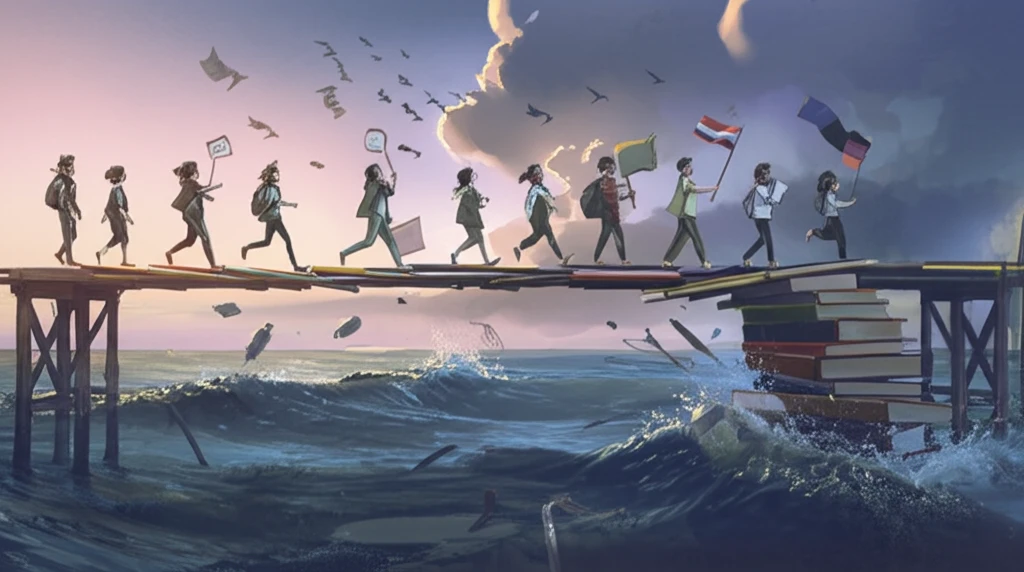
Global Education in Crisis? Lessons from History on Navigating International Tensions
"Explore how past global conflicts shaped international education and what we can learn to foster cooperation in today's divided world."
In the wake of increasing global political and military tensions, understanding the impact on international higher education becomes crucial. The rise of nationalist, religious, and ideological conflicts challenges the fundamental principles of international cooperation and exchange—ideals that promote peace, mutual understanding, and global engagement. Considering the transformations and impacts witnessed in previous global crises can provide valuable insights for educators and policymakers today.
A century ago, the trauma of World War I spurred a wave of internationalism, with academics and intellectuals striving to build solidarity and prevent future conflicts. Organizations such as the Institute of International Education (IIE), the German Academic Exchange Service (DAAD), and the British Council were founded to foster peace through educational exchange. However, these efforts ultimately failed to prevent the rise of fascism and Nazism, demonstrating the limitations of academic internationalism in the face of overwhelming political forces.
Similarly, after World War II, the establishment of the United Nations signaled a renewed commitment to global security and development. Higher education cooperation was again seen as a vital tool for fostering mutual understanding and supporting development in newly independent nations. Programs like the Fulbright Program were established to facilitate academic exchange and collaboration.
Cold War's Impact: How Ideology Trumped Educational Idealism

The Cold War dramatically reshaped international education, turning it into a battleground for ideological supremacy between the United States and the Soviet Union. Ideology, more than pure educational idealism, drove the agenda. The Third World became the primary arena for this struggle, with both sides vying to expand their influence through educational initiatives. Western models of higher education, the English language, and Western scientific thought dominated, often perpetuating neocolonial patterns.
- Fulbright Program: Established in 1946, promoting international educational exchange.
- National Defense Education Act (1958): Aimed to enhance American competitiveness in science and technology.
- Title VI of the Higher Education Act (1960): Focused on developing area studies and foreign language centers.
Looking Ahead: Preserving International Education Amidst New Challenges
As global conflicts continue to evolve, international education faces new challenges from religious fundamentalism, resurgent nationalism, and other divisive forces. While international cooperation and exchange are not guarantees for peace, they remain essential for maintaining open communication and dialogue. Learning from past successes and failures, educators and policymakers must adapt strategies to ensure that international higher education remains a bridge for understanding and collaboration in an increasingly complex world.
